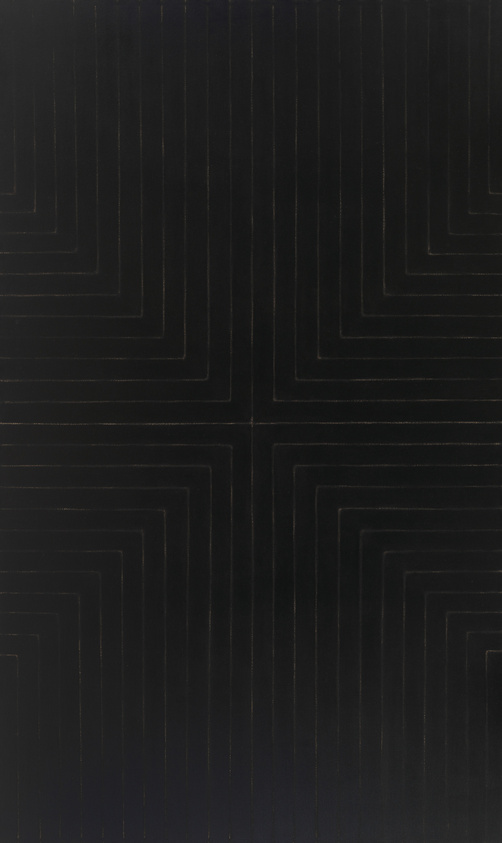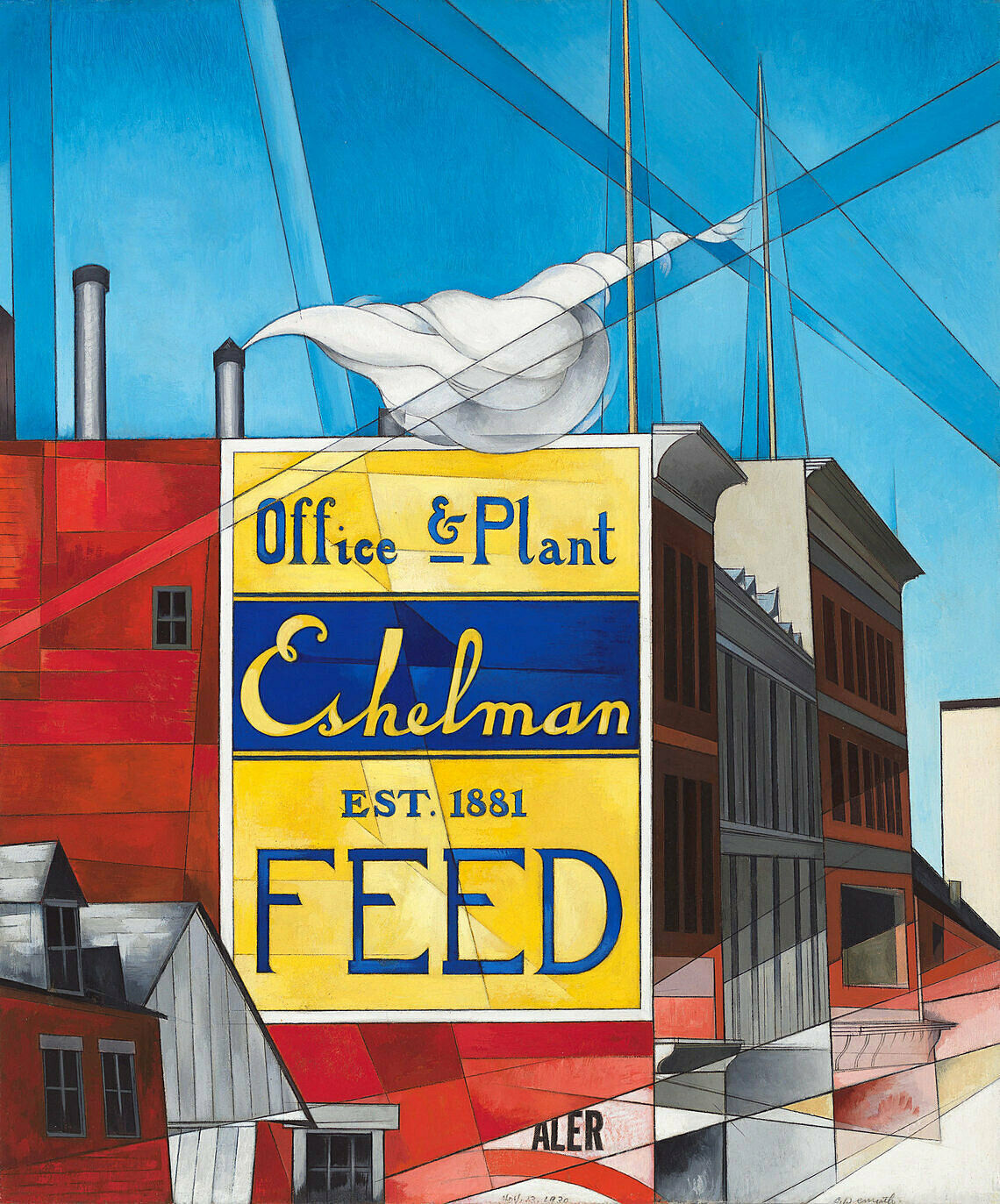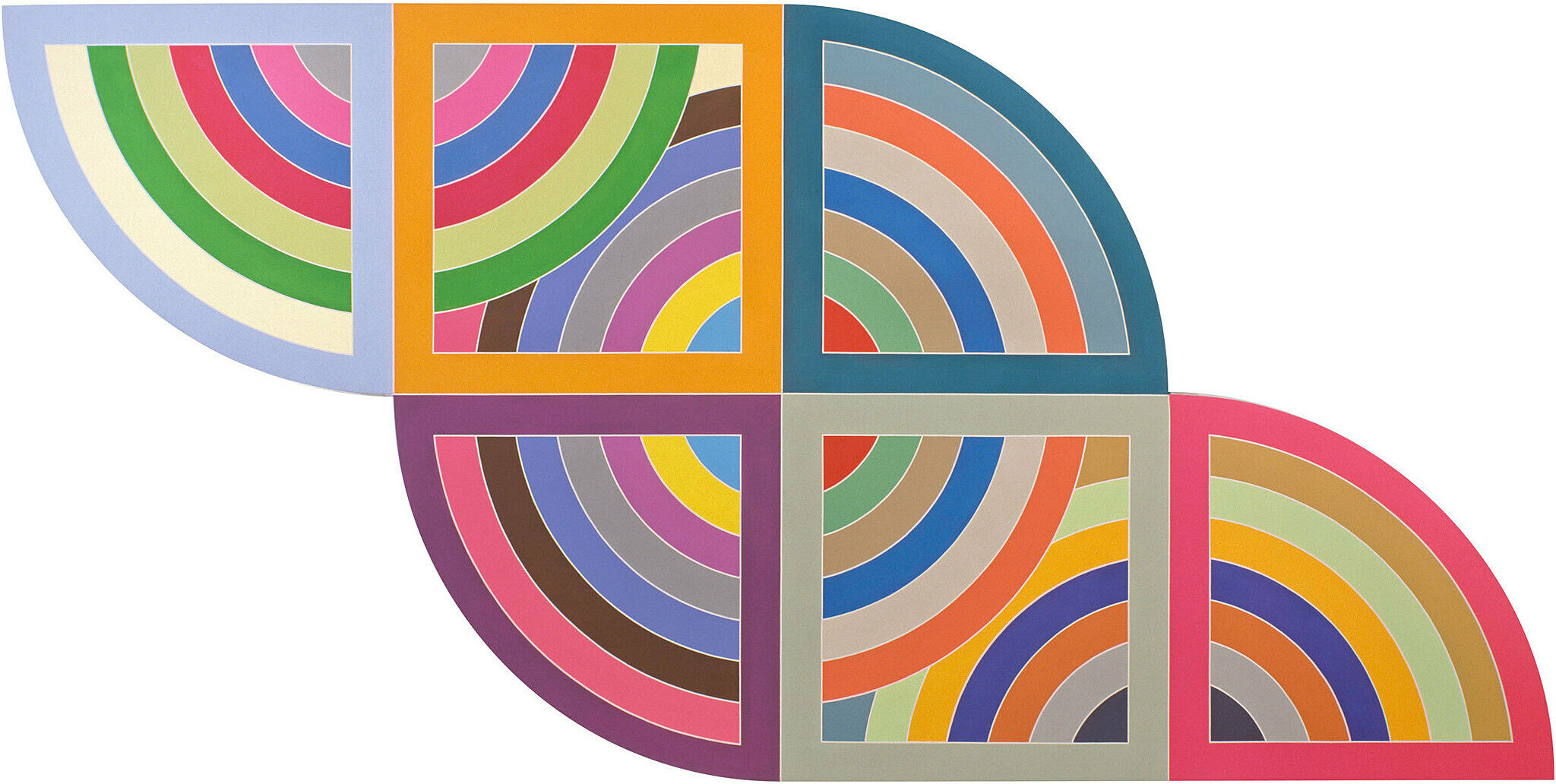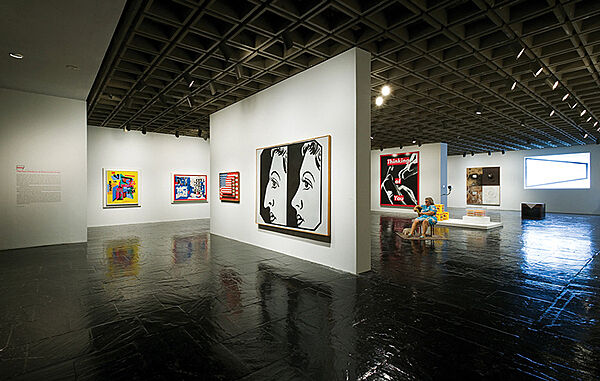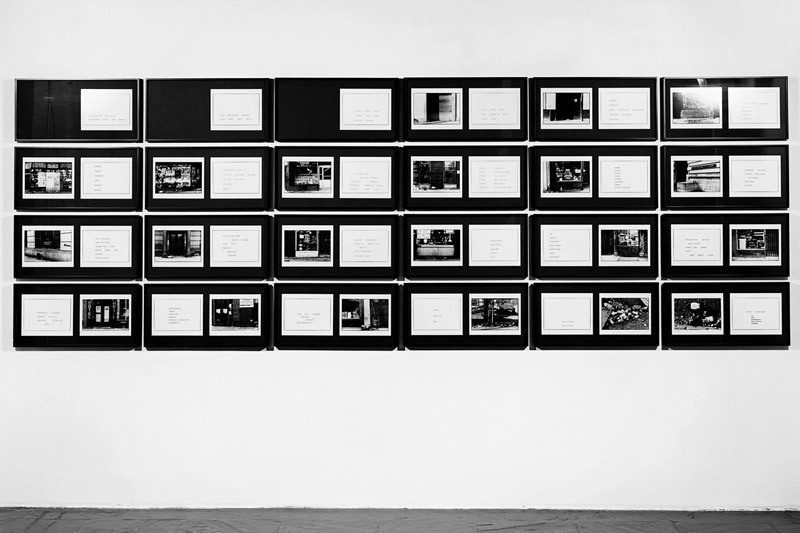Not on view
Date
1959
Classification
Paintings
Medium
Enamel on canvas
Dimensions
Overall: 121 5/8 × 72 13/16in. (308.9 × 184.9 cm)
Accession number
75.22
Credit line
Whitney Museum of American Art, New York; gift of Mr. and Mrs. Eugene M. Schwartz and purchase with funds from the John I. H. Baur Purchase Fund, the Charles and Anita Blatt Fund, Peter M. Brant, B. H. Friedman, the Gilman Foundation, Inc., Susan Morse Hilles, The Lauder Foundation, Frances and Sydney Lewis, the Albert A. List Fund, Philip Morris Incorporated, Sandra Payson, Mr. and Mrs. Albrecht Saalfield, Mrs. Percy Uris, Warner Communications Inc., and the National Endowment for the Arts
Rights and reproductions
© Frank Stella/Artists Rights Society (ARS), New York
API
artworks/2964
Die Fahne hoch! belongs to a group of twenty-four black paintings that brought the young Frank Stella instant art world notoriety. What appear at first to be white lines are actually bare, narrow spaces of unprimed canvas between the standardized black bands that the artist applied with a housepainter’s brush. Spanning a deep stretcher, the painting seems to project off the wall, asserting its presence, or what Stella called its “objectness.” There was nothing to this work, the artist declared, beyond the observable—as he put it in a now-famous maxim, “what you see is what you see.” While Stella insisted on the non-referentiality of his paintings, the German title Die Fahne hoch!, which translates as “hoist the flag,” is taken from the “Horst Wessel Song,” the Nazi Party’s marching anthem. Indeed the painting’s title, cruciform configuration, and flaglike proportions call to mind not only Nazi banners but the darkness and annihilation of the Holocaust. The phrase may also refer to raising the banner of a new aesthetic, one that marked a shift away from Abstract Expressionism and anticipated the geometry and rigor of Minimalism.
